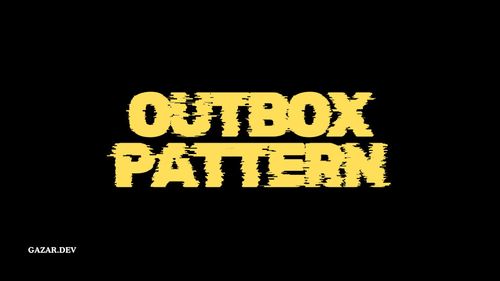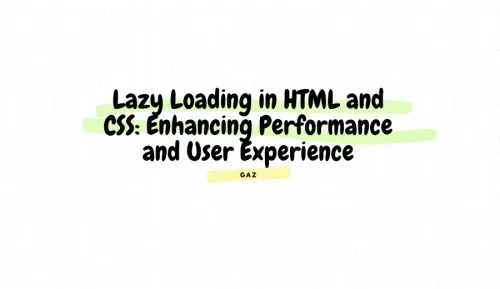Engineering Leadership,Accelerated
Ship Resilient Products and Master Your Career
Stop guessing and start leading. Get the proven systems to consistently ship high-quality products and define your path to engineering leadership.

Recent Articles
Discover my latest insights, tutorials, and thoughts across all topics and categories
Explore learningsMonday by Gazar
A fresh start to your week with insights, tips, and stories to boost your productivity and mindset every Monday.

My Ventures & Projects
From AI-powered tools to educational content, I've built and launched multiple successful ventures that help people work smarter and learn better.
COMMANDLY
AI-Powered Browsing
Supercharge your browsing experience with AI-powered tools and customizable dashboards. Browse Smarter with AI - Commandly puts the power of AI in your hands, helping you browse faster, work smarter, and achieve more in less time.
Free to start • No credit card required • Cancel anytime
CLUBCP
Free Event Management
100% Free Event Management Forever. Create unlimited events, sell tickets with zero fees, and manage your community completely free. No hidden charges, no monthly fees, no setup costs.
No credit card required • No setup fees • No monthly charges • Free forever
PERSIAN COURSES
Maktabkhooneh
I've published comprehensive programming courses in Farsi on Maktabkhooneh, Iran's leading online learning platform. These courses help Persian-speaking developers master modern web technologies and advance their careers.
BETTERBOARD
AI-Powered Immigration Platform
The intelligent assistant for global immigration professionals. Streamlining workflows, reducing errors, and accelerating applications worldwide with AI-powered precision. Trusted by immigration professionals for document management, form automation, and compliance checking.
Free trial available • Enterprise security • 70% time saved
DIGITWIN LAB
AI-Powered Research Platform
A platform for designing surveys and simulating human responses using AI agents constructed from the actual responses of over 2,000 people who each answered more than 500 psychological, cognitive, economic, and personality questions. Designed by scientific community for scientific community.
Community-driven • Scientific research • Educational platform
NOGHTE VOROOD
Entry Point Podcast
Noghte Vorood (meaning "Entry Point") is a Farsi-speaking podcast where deep conversations about technology, society, creativity, and the future come to life. Join Ehsan Gazar and Ali Parvizi as they explore how curiosity connects ideas across disciplines and share stories from innovators shaping the world.
New episodes weekly • Farsi language • Free to listen
PERSIAJS
Persian Developer Community
Empowering the Persian-speaking developer community with up-to-date, practical resources in JavaScript and related technologies. Monthly events, expert speakers, and a vibrant community focused on comprehensive, project-based learning for developers at any level.
Free community • Open to all • Persian-speaking developers
TARAZ
Education Without Borders
An online education platform dedicated to providing quality education accessible to all students, regardless of geographical boundaries or economic status. Offering diverse courses from English Language and Programming to Creative Writing and Literature Olympiad, Taraz empowers students worldwide.
Education for all • No borders • No limitations
A Farsi-speaking podcast where deep conversations about technology, society, creativity, and the future come to life. Join Ehsan Gazar and Ali Parvizi as they explore how curiosity connects ideas across disciplines.

Leadership & Impact
See how I drive impact and empower teams through leadership and mentorship
I AM GAZ
From Tehran to London, my journey as a self-taught developer has been driven by curiosity, grit, and a passion for building and mentoring. I believe in empowering others, embracing challenges, and making a real impact through technology.
 2008Started as a self-taught dev in Tehran.
2008Started as a self-taught dev in Tehran. 2016Moved to Australia, grew as a full-stack engineer.
2016Moved to Australia, grew as a full-stack engineer. 2023Embracing my roles as Engineer • Entrepreneur • Storyteller.
2023Embracing my roles as Engineer • Entrepreneur • Storyteller.




